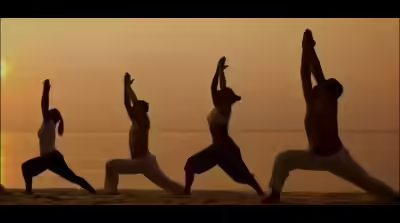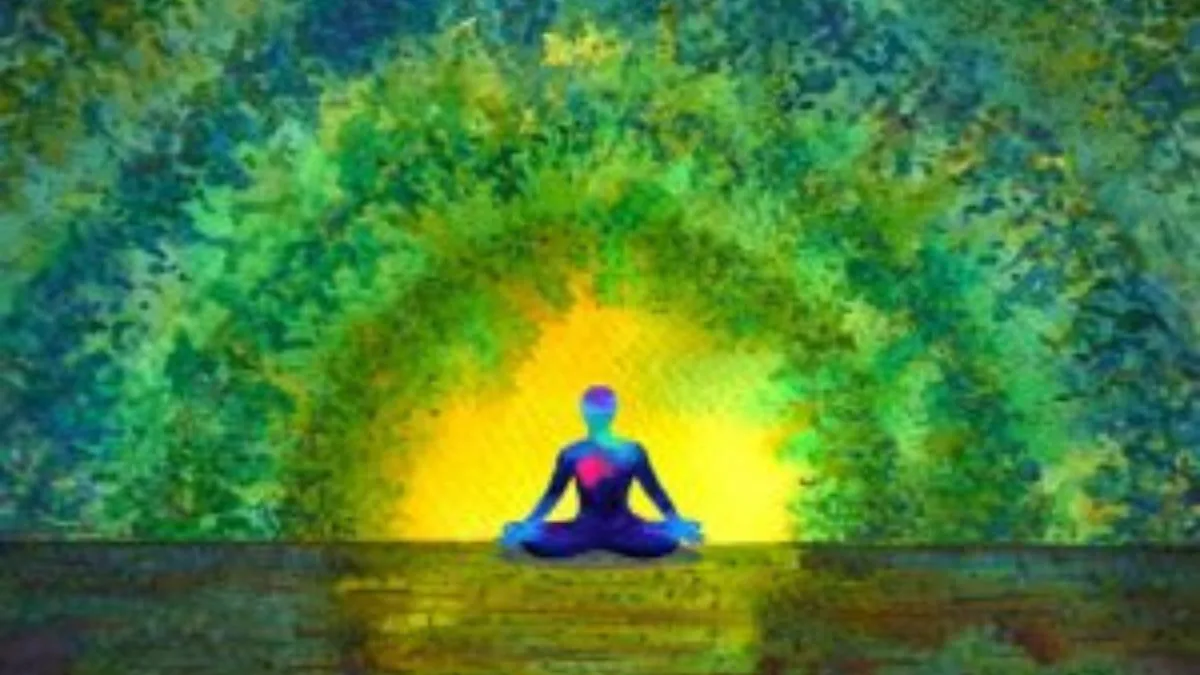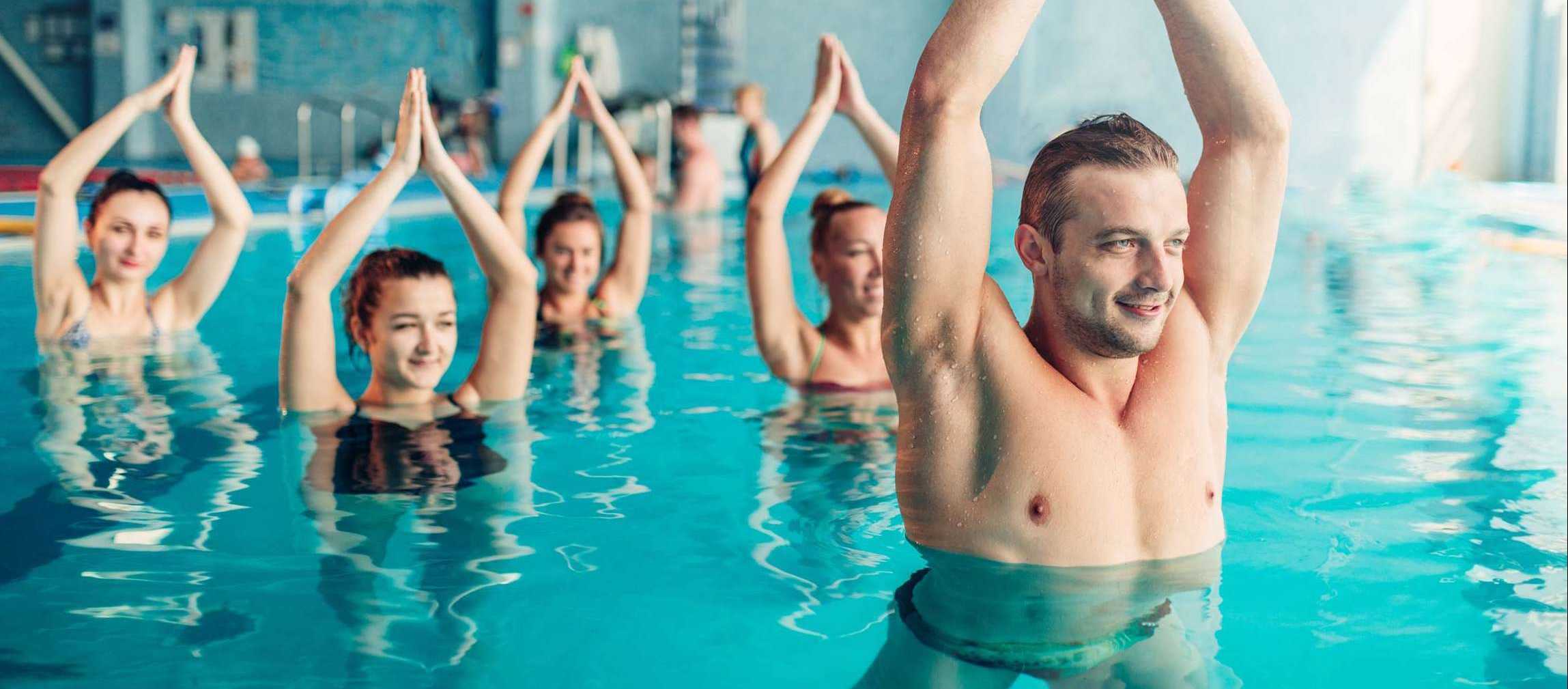Gold Medal Glory: The practice of yoga has long been celebrated as India’s greatest gift to the world, a spiritual discipline that unites the mind, body, and soul. But in recent decades, yoga has also taken a new form—evolving into an international competitive sport with structured rules, scoring criteria, and a growing global audience. Adding to India’s proud tradition, two young competitors from Joynagar–Panchala in Howrah have made the country shine on the world stage by winning gold medals at an international yoga competition organised by the International Yoga Sports Federation (IYSF).
The winners, Bhaskar Goluyi and Dipanita Sapoyi, were recently felicitated by the Bharat Sevashram Sangha, a spiritual and philanthropic organisation deeply committed to promoting Indian culture and values. Their remarkable achievements have not only brought recognition to their hometown in West Bengal but also reinforced India’s leadership in yoga on a global level.
The Winners: Rising Stars From Howrah
Both Bhaskar Goluyi and Dipanita Sapoyi hail from Joynagar–Panchala, a town in the Howrah district of West Bengal. Competing in their respective age-group categories at the IYSF international championship, they impressed judges with their flawless execution of postures, strength, flexibility, and control.
What makes their achievement significant is the level of competition. The International Yoga Sports Federation (IYSF) brings together top yoga athletes from across the world, each striving to demonstrate mastery not just of poses but also of discipline, breathing, and balance under the intense scrutiny of international judges.
Winning gold in such a competitive arena is no small feat. It reflects years of dedication, practice, and discipline. Their success story highlights the growing interest among Indian youth in competitive yoga, where excellence requires both physical training and a deep understanding of the art’s spiritual roots.
Bharat Sevashram Sangha: Honouring Excellence
The felicitation ceremony was organised by the Bharat Sevashram Sangha, a socio-spiritual organisation with a long-standing tradition of service and cultural promotion. The Sangha, which has been instrumental in spreading Indian philosophy worldwide, recognized the achievements of these young competitors as part of its mission to encourage youth involvement in India’s cultural heritage.
Speaking on the occasion, Mahadevananda Swami of the Bharat Sevashram Sangha expressed his joy:
The recognition not only boosts the morale of the winners but also encourages other young practitioners to pursue yoga seriously, both as a way of life and as a professional discipline.
International Yoga Sports: A Growing Phenomenon
While yoga has always been practiced for health, meditation, and spiritual growth, its emergence as a global competitive sport is relatively new. International championships such as those organised by the International Yoga Sports Federation (IYSF) and the Universal Yoga Sports Federation (UYSF) aim to provide a structured platform for practitioners.
These federations have developed standardised rules and scoring systems to evaluate participants on key criteria such as:
- Posture execution – precision in alignment and stability.
- Strength – ability to hold and transition through demanding poses.
- Flexibility – showcasing the body’s range of motion.
- Control and breath – demonstrating inner discipline and focus.
By doing so, they are transforming yoga into a recognised competitive discipline, similar to gymnastics or martial arts, while still preserving its roots in mindfulness and balance.
Read about: Pilates vs Yoga: The Silent War Shaping Your Waistline
Why Competitive Yoga Matters
The inclusion of yoga in the arena of international sports serves multiple purposes:
- Global Recognition of Yoga – Competitions bring together athletes from across continents, reinforcing yoga’s position as a universal practice.
- Platform for Talent – Young practitioners like Bhaskar and Dipanita gain a chance to showcase their skills on a world stage.
- Unity Through Culture – International yoga championships foster cultural exchange and mutual respect among nations.
- Expanding Opportunities – Recognition as a sport opens doors for scholarships, sponsorships, and career opportunities for young athletes.
In India, where yoga originated, such competitions also spark renewed interest among the younger generation, encouraging them to see yoga not just as a traditional practice but also as a competitive pursuit with tangible rewards.

The Journey of Training: Behind the Medals
Winning gold medals at an international competition does not come easily. It involves years of rigorous training, adherence to strict discipline, and often the guidance of dedicated mentors.
Yoga athletes train daily to perfect their postures, working on flexibility, balance, and strength. They also practice pranayama (breathing techniques) to control energy flow and improve focus. Unlike mainstream sports, yoga requires competitors to balance aesthetic execution with inner composure, making it a uniquely demanding discipline.
For Bhaskar and Dipanita, their success is a testament not just to personal effort but also to the supportive environment provided by their community and organisations like the Bharat Sevashram Sangha.
India’s Pride on the Global Stage
India has always been the spiritual home of yoga, but the success of young athletes like Bhaskar and Dipanita highlights the country’s growing role in shaping competitive yoga. Their achievements send a strong message: India continues to lead not only in yoga’s spiritual traditions but also in its modern, athletic adaptations.
By winning gold medals, these young champions have placed Joynagar–Panchala, Howrah, firmly on the global yoga map. Their recognition also demonstrates how smaller towns across India are nurturing exceptional talent capable of competing internationally.
Conclusion
The felicitation of Bhaskar Goluyi and Dipanita Sapoyi by the Bharat Sevashram Sangha is more than a celebration of individual achievement—it is a recognition of yoga’s growing stature as a global sport and India’s pivotal role in this transformation.
As yoga continues to evolve, balancing its ancient roots with modern competitive frameworks, success stories like these will inspire countless others to take up the practice seriously. For India, every medal won in international yoga competitions is not just a sporting victory but also a reaffirmation of its cultural legacy.
With organisations like the IYSF and UYSF providing global platforms, and spiritual institutions like the Bharat Sevashram Sangha nurturing young talent, the future of competitive yoga looks bright. And as Bhaskar and Dipanita have proven, the path to gold begins with discipline, dedication, and an unyielding belief in the power of yoga.
Also read: Indian Bank Recruitment 2025 – Apply Online for 171 Specialist Officers Posts
FAQs of Gold Medal Glory
1. What is the International Yoga Sports Federation (IYSF)?
The IYSF is a global organisation that promotes yoga as a competitive sport by creating structured championships with standard rules and judging criteria.
2. Who are the gold medal winners from Howrah?
The winners are Bhaskar Goluyi and Dipanita Sapoyi, both from Joynagar–Panchala in Howrah, West Bengal. They won gold in their respective age-group categories.
3. What criteria are used to judge yoga competitions?
Competitors are evaluated on posture execution, strength, flexibility, control, and overall presentation.
4. Why did Bharat Sevashram Sangha felicitate the winners?
The organisation recognised the achievements of these young athletes to honour their success and encourage youth participation in yoga and cultural practices.
5. Are yoga competitions popular worldwide?
Yes. With federations like IYSF and UYSF, yoga competitions now attract participants from multiple countries, promoting cultural exchange and global awareness.
6. Can competitive yoga coexist with traditional yoga?
Absolutely. Competitive yoga focuses on athletic performance, while traditional yoga emphasizes mindfulness and spirituality. Both can coexist, offering practitioners different ways to engage with the discipline.

I am the founder and writer of Healthwali.com. Here I personally publish every update, Fitness and Yoga guide , read more for you – that too in easy language.







